When making a homemade blueberry chocolate pie or any other pie, this article teaches you how to get the crust just right.

When it comes to creating the perfect dessert, the crust is just as important as the filling, especially for pies with juicy, rich fillings like chocolate and fruit combinations. Whether you’re baking a homemade blueberry chocolate pie or a pure chocolate pie, choosing the right crust is crucial to achieving a balanced texture and flavor. Chocolate pies often come with fillings that are rich, gooey, or even a bit runny. When paired with juicy fruits like blueberries or cherries, the filling releases moisture as it bakes. This can pose a challenge for the crust, which must remain crisp and supportive despite the wet environment. A great crust balances several factors. It should have flavor, which should complement the chocolate and fruit without overpowering it. Also, it should have good texture, and needs to be sturdy enough to hold the filling while also being tender enough to enjoy. And finally, it should be moisture resistant, meaning it must resist sogginess while locking in the filling’s juiciness. So here are some common crust options for juicy chocolate pies:
The butter pie crust

The classic butter pie crust is a staple for many pies. Made from flour, butter, a little sugar, and water, it’s flaky and flavorful. It has a rich, buttery flavor and a tender yet flaky texture. But it’s also prone to sogginess if not properly pre baked or protected. To make it work for juicy pies, blind bake the crust, meaning pre-bake it without a filling, to create a barrier. Brush the baked crust with egg wash or melted chocolate to seal pores. And chill the dough thoroughly before baking to maintain flakiness.
The cookie crust
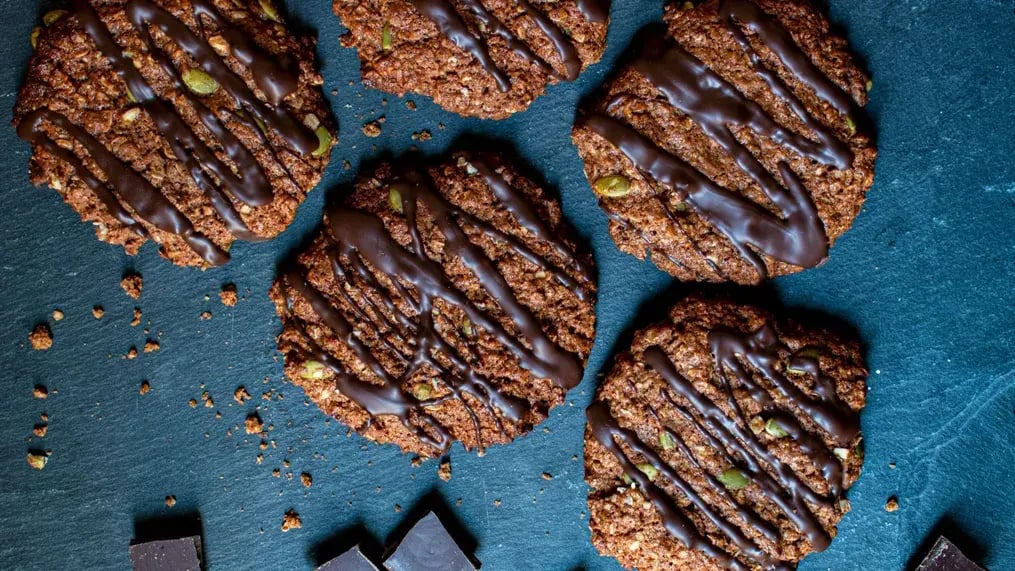
For chocolate pies, a crust made from crushed graham crackers or chocolate cookies mixed with melted butter is a popular choice. It adds extra flavor and naturally resists moisture better than dough. But it has a crumbly texture that can be fragile with very juicy fillings. So, this crust is perfect for chilled or lightly baked chocolate pies and pairs wonderfully with creamy fillings.
The sweet dough
This sweet dough includes sugar and sometimes egg yolks, resulting in a richer, crisper crust. It is sweet, crisp, and sturdy, but requires careful handling to avoid toughness. It’s ideal for pies where the filling is baked but not overly wet, such as chocolate custards or mousses with a fruit layer.
Nut crusts
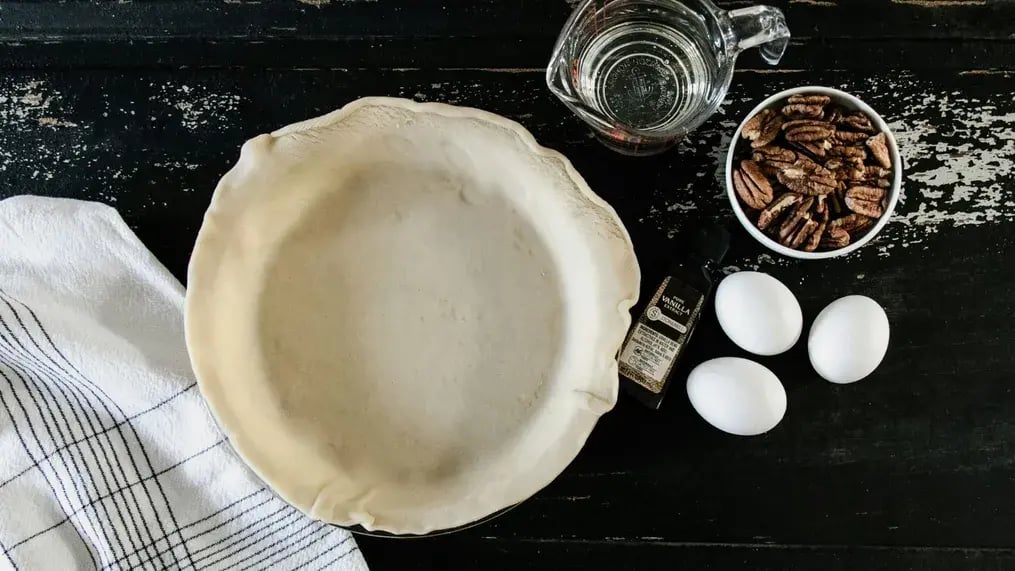
Ground nuts mixed with butter and a sweetener create a flavorful crust that also helps resist moisture. It adds nuttiness, and tends to be denser and less prone to sogginess. However, it can be heavier and less flaky. For this reason, nuts like almonds, pecans, or hazelnuts work well, especially when paired with chocolate’s richness.
Here’s how you can prepare your crust to resist sogginess:
- Blind baking is baking the crust partially or fully before adding the filling. This step is essential for juicy pies to prevent the crust from soaking up too much liquid. Line the crust with parchment paper or foil. Fill with pie weights, dried beans, or rice to keep the dough flat. Bake until edges are golden and the surface looks set. If the crust is for a fully baked pie, remove weights and bake a bit longer until the bottom is cooked.
- To further prevent sogginess, brush the baked crust with a sealing layer before adding the filling. A beaten egg brushed on and briefly baked seals the dough. For chocolate pies, brushing with melted chocolate adds flavor and waterproofing. A thin coat of sugar syrup or jam can also create a moisture resistant layer.
Different chocolate pie fillings pair better with different crusts:
- Chocolate ganache or custard: These dense, creamy fillings work best with traditional butter crust or cookie crusts.

- Chocolate fruit pies: Require sturdier crusts with a good moisture barrier. Blind-baked butter crust or nut crusts excel here.
- No-bake chocolate pies: Cookie or graham cracker crusts are ideal as they require no baking and hold up well in refrigeration.
Flavor options when choosing a crust:
- Butter crusts bring a rich, traditional pie flavor that pairs well with almost all chocolate varieties.
- Graham cracker crusts add a sweet, slightly tangy note that complements dark chocolate and fruit.
- Nut crusts introduce an earthy, crunchy contrast to smooth chocolate.
- Chocolate crusts, made by adding cocoa powder to dough, can intensify the chocolate experience and create a luxurious texture.
Like This Article?
More Like This
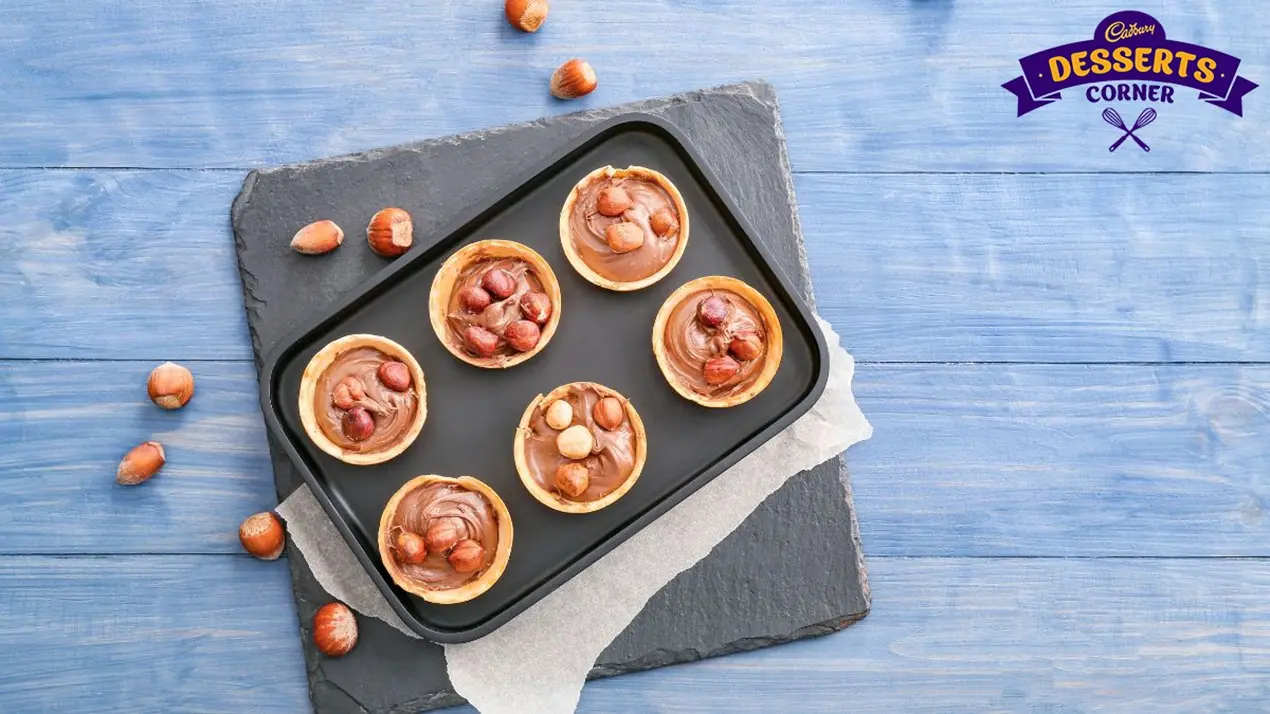
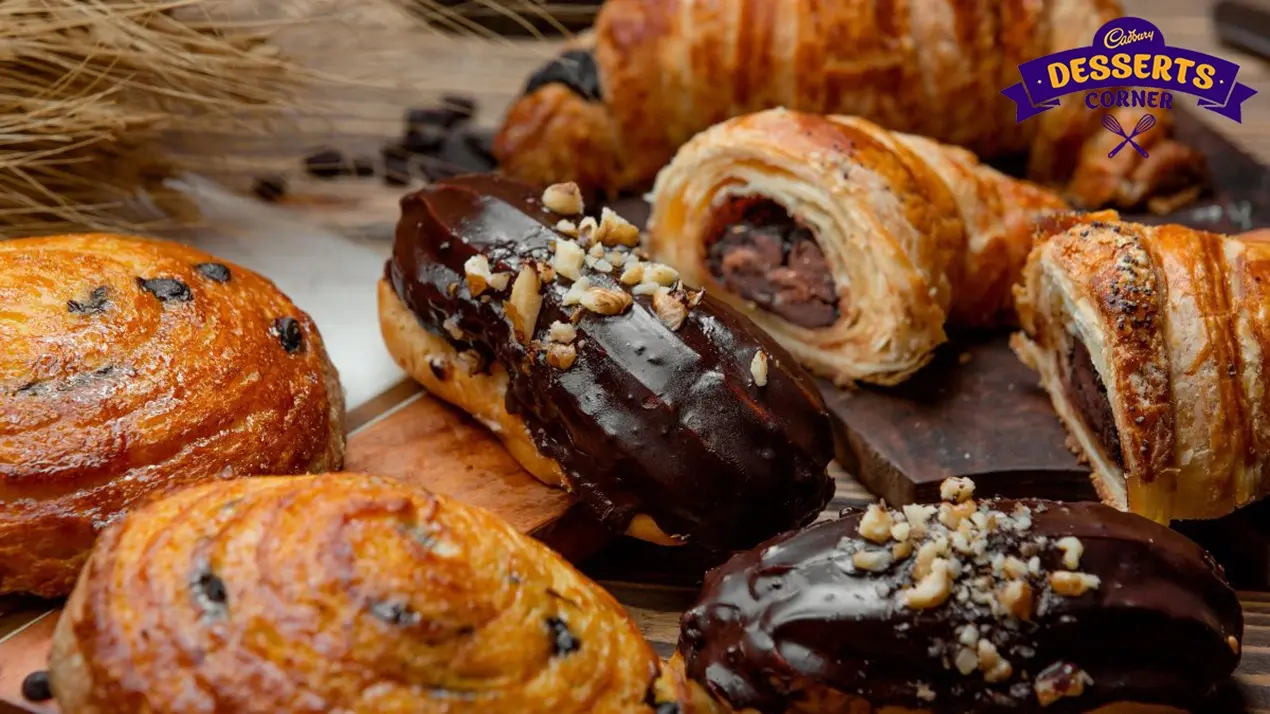

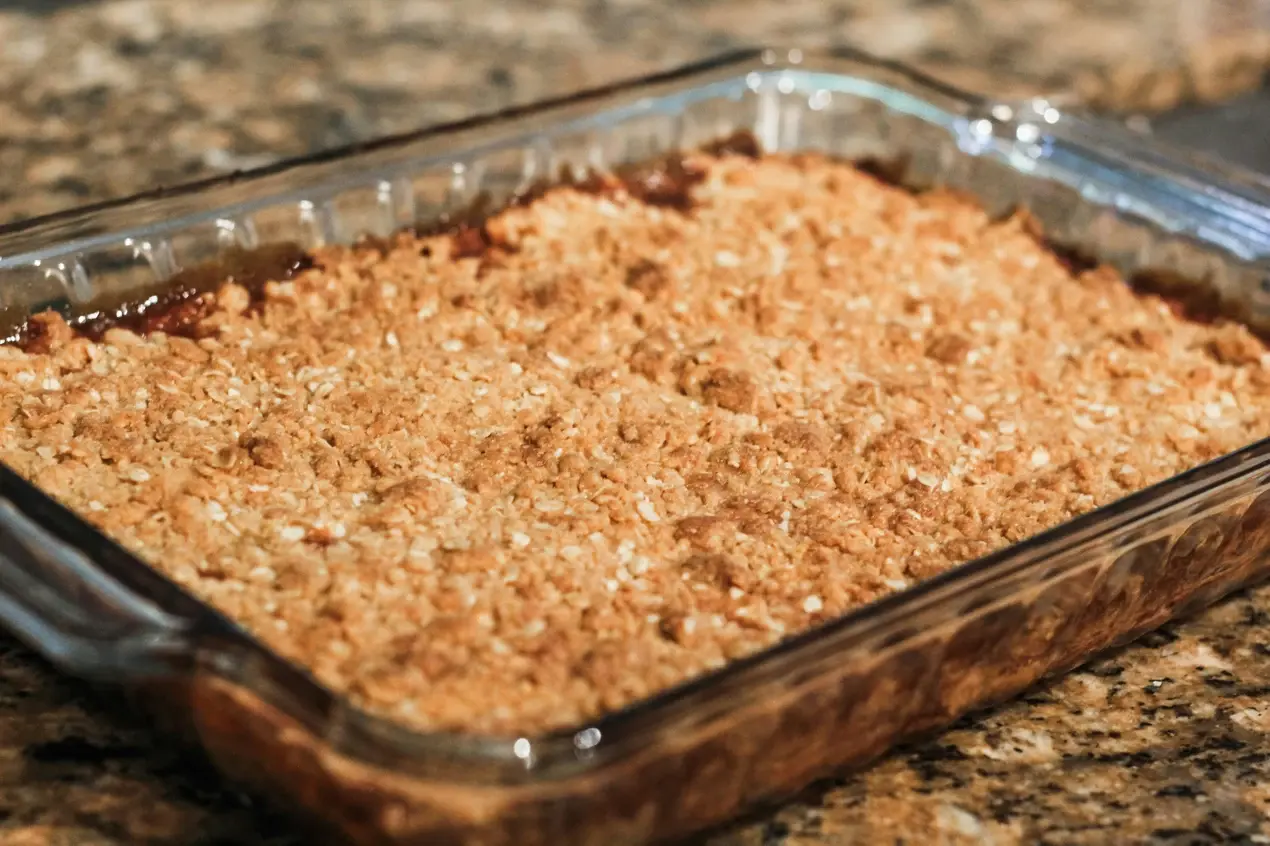
Popular Articles





Trending Web Stories
Curated Recipes


















